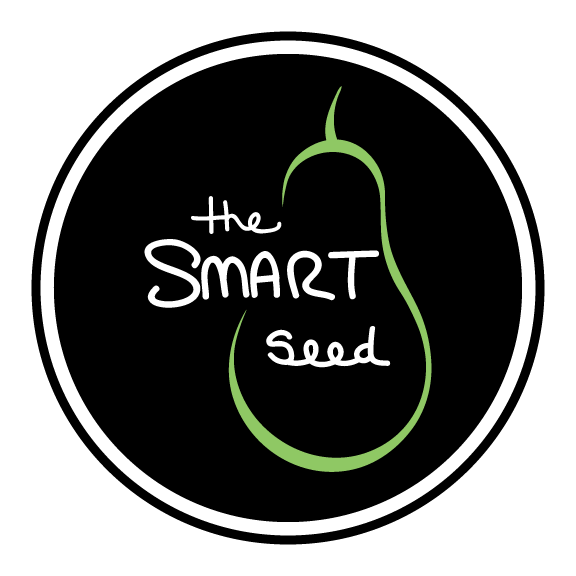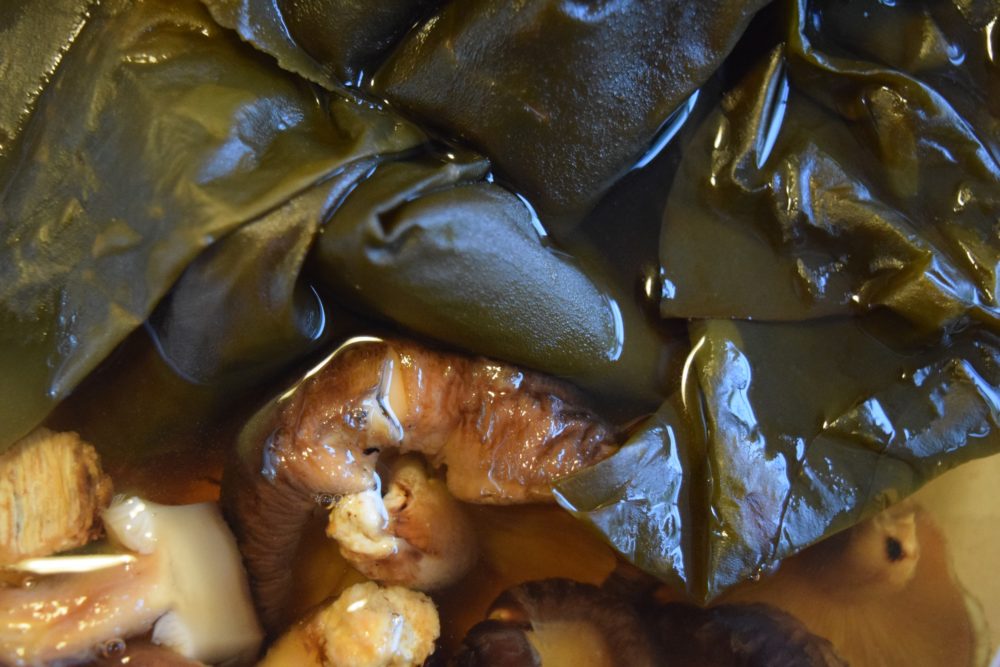Podcast: Play in new window | Download (Duration: 10:56 — 11.8MB) | Embed
Subscribe: Apple Podcasts | Android | Email | Stitcher | RSS | More
I had once gone to a wedding in upstate New York. After the ceremony, a dance, and the presentation of food, it was time for the speeches. The best man stood up and went to the microphone to say a little something about the groom,his brother. What he said, which I thought was poignant at the time, was that his brother above all else was nice. Nice is such a simple, overly spent word and, yet, I thought it was the best word to describe my friend. It is a quality that does not come and go, depending on who you are interacting with or what is happening around you, it is a part of you. As the speeches continued, I briefly zoned out and thought to myself, “Hmm…nope, I’m definitely not nice.”
One of the great things about getting older is that, if you are wise enough, you can start to see patterns within your own life. One pattern that has dogged me since I was very young is a type of divisiveness that I create. As my husband once said, “Leanne, people either love you or hate you.” This fact, that every few years the later, gets smacked in my face is hard to swallow and as I get older I do try my best to avoid it. A quality that is as true to me as my friend’s niceness and the main cause of the divisiveness is a type of blatant honesty that I share. In recent years I’ve mitigated the fallout by choosing not to say anything at all. Unfortunately, my face betrays me more often than not, and folks can tell what I’m thinking regardless. People either hate my honesty or they love it. It is the same quality, but often comes with different reactions.
It might seem like an odd, ill-thought segue to start talking about seaweed right now, for what does seaweed have to do with my divisiveness issues? What is divisive about seaweed? Heck, what do we even know about seaweed? Unless, you live in Asia or are of Asian ancestry, your connection to seaweed is probably pretty limited. A little Nori in your California sushi roll and that is probably it. At least that is what you think. Seaweed is actually pretty pervasive even in a North American diet. However, it is the fact that we aren’t fully aware of its presence or the names that it is hidden under that allows us to create a division that we aren’t really aware that we are creating. You might not know this but seaweed is in your chocolate milk. It’s in your toothpaste. It’s in your canned beans. Essentially, seaweed is the source of a few of our most used food additives. You might see the words carrageenan, agar, or monosodium glutamate (yes, folks, that’s MSG). All derived or originally derived from seaweed. In some food circles, these additives are put on a big blackboard and labeled, “Watch out, that shit’s bad for you.” On the other side of the spectrum, seaweed, like Chlorella or Spirulina, are bottled up in vitamin capsules and presented as a wondrous super food that will be your source for boundless energy. It will prevent inflammation, while at the same time your seaweed derived additives will cause inflammation. Supposedly, it can be both at the same time, and perhaps it can. When you manipulate food anything can happen. This week’s episode Seaweed: A Complicated Relationship you didn’t know you had.
There is something called the Coastal Route Theory, which is basically a theory that explains how humans first arrived in the Americas during the last Ice Age. In school, when it was the 90’s and I was young, naive, and full of dreams I learned about the Bering Land Bridge Theory, which suggested the Americas was populated by folks walking from Russia to Alaska. Well, the Coastal Route Theory suggests that South America and Western United States was first populated by Southeast Asians or Polynesians who hopscotched their way across the pacific ocean on boat, by either crossing south or north of the pacific. Along with the Coastal Route Theory is another theory called the Kelp Highway Hypothesis. This hypothesis suggests that forests made of kelp and other coastal ecosystems may have helped nourish our very early explorers during their trip across the pacific and during their time on the American coast as they settled on the new continent. There are little dots of evidence found along the pacific coasts to support both theories. In southeastern Chili, remnants of eleven different species of algae were found, including partially burned and squashed fragments on stone tools that give weight to the idea that humans were consuming seaweed. The interesting thing to note is that the evidence suggests this occurred 14000 years ago, 1000 years before the Bering Land Bridge Theory is thought to have taken place. This means that these folks in southeastern Chili, could very well have been the first humans on the Americas, and it was seaweed that could very well have provided them with a dependable supply of food to help establish their populations. Once established on the coast, these peoples started to move inland and populate the continent.
Even back during the last Ice Age, those early explorers were using seaweed for more than just food. Seaweed has always been versatile, and for centuries humans have adapted seaweed to an industrialization model. First, the ash of burnt brown seaweed was used as fertilizer. In the seventeenth and eighteenth centuries seaweed was used to make soap and glass, and in the nineteenth century it was used as a source of iodine. Today, there are four different types of seaweed which are the most widely grown–nori, kelps, carrageenophytes, and agarophytes. Our food additives, carrageenan and agar, are derived from red algae and alginates are derived from brown algae. They are primarily used for their ability to emulsify, stabilize, and thicken. Nori, which is used in sushi is also from red algae. Then there is green and blue algae, which are marketed as Chlorella and Spirulina. You will find these ones in medicine bottles in the health food stores.
The pervasiveness of seaweed production is quite dumbfounding to me. Unbeknownst to me, although production is concentrated in the Asia-Pacific region, seaweed is actually produced and cultivated around the world. This peculiar feeling I have might have to do with the fact that in regards to the matter of seaweed I have to acknowledge my ignorance. When you think of processed foods and additives what do you think of? For me, I think of corn and soy. A couple of our largest food commodities. It’s easy to not forget. I go home to visit my parents and I drive by fields of corn and soy and think, “Oh yeah, there in everything. The Corporatization of Food. God Damn you world.” Seaweed, on the other hand, a commodity, in most everything? I had no idea. If I don’t see it, then it doesn’t exist, and I don’t tend to drive by many seaweed farms. The fact that I have found myself blindsided on this one may say something about my relationship to processed foods? Whenever I dabble in the pre-packaged arena, this tends to be my process. I look at the ingredients. Read a list of words which half of them mean nothing to me. Assume they are all bad. Go home. Eat. And then feel guilty. The amount of times I have gone home and plugged in one of these words into google to see what they are. Maybe, once. This assumption that what we do not know and what we do not understand must be bad for us has, perhaps, pushed me into a corner.
There is a word that you may have heard of. The word is Umami. There are five basic tastes that we have: sweet, sour, salty, bitter, and umami. Umami is what you taste after cooking a pot of chicken bones on the stove for 12 hours, or after you eat a slice of parmesan cheese, a garden tomato, or a bowl of miso soup. Umami was coined by Kidunae Ikeda, a Japanese Professor, who after tasting dashi broth, which is made from Kombu seaweed and bonito flakes, couldn’t pinpoint the taste. It wasn’t sweet, salty, bitter, or sour. What was it? Professor Ikeda figured out that seaweed contained glutamate and that glutamate was what he was tasting–umami. In order to use glutamate he needed to stabilize it with salt and water, and thus, created monosodium glutamate. Otherwise known as MSG.
I’ve definitely been there, shaming someone for having bought Clamato Juice that had MSG in it. “Don’t you know it’s bad for you?.” If I could go back I would ask myself, “How do you know it’s bad?” I must have heard it from someone, on the chain email of life. I never looked into it. What did it matter? I’m sure with all the sugar added to the Clamato Juice it isn’t that good for you anyway. However, by not looking into it and by assuming it is bad because it is an additive what have I done? Have I unknowingly created a false division. We so often make assumptions on things we do not understand or things that look a certain way. If it’s in this package, it’s bad for you, but if it looks like this then it’s good for you. How do you know? Seaweed is complicated. For some of us, we can’t imagine eating it, for others, we dutifully add it to our smoothies in a hope that it’ll make us feel better. Regardless, It has a history and footprint that is wide and far. It has been used for thousands of years, whether that was to nourish our bodies or to feed an industrialized revolution. It can be both at the same time. It’s neither good or bad, but one thing is for sure, it’s umami.

